Budget airlines have revolutionized the travel industry, making air travel accessible to a wider audience by offering significantly lower fares compared to traditional carriers. However, these enticing ticket prices often come with a catch: baggage fees.
Navigating the world of budget airline baggage policies can be tricky, with a myriad of rules, restrictions, and potential hidden fees. Understanding these policies is crucial to avoid unexpected costs and ensure a smooth and stress-free travel experience.
Decoding Budget Airline Baggage Policies
Have you ever been caught off guard by unexpected baggage fees at the airport? It’s a common experience, especially when flying with budget airlines.
Here’s a breakdown of common baggage policies and tips to help you make the most of your allowance:
1. The Basics: Carry-on vs. Checked Baggage
Most budget airlines differentiate between carry-on baggage (small bags you bring onboard) and checked baggage (larger bags that are transported in the aircraft’s cargo hold). Carry-on baggage is typically included in the base fare, but strict size and weight restrictions apply. Checked baggage almost always incurs a fee, which varies depending on the airline, route, weight, and when you purchase the allowance (online during booking vs. at the airport).
2. Decoding the Fees:
Baggage fees can vary significantly between airlines and even on the same route depending on the time of year and demand. It’s crucial to carefully review the baggage policy on the airline’s website before booking your flight. Pay close attention to:
- Size and weight restrictions: Exceeding these limits, even by a small margin, can result in hefty fees at the airport. Invest in a lightweight suitcase and a luggage scale to ensure compliance.
- Fees for different routes: Fees can vary depending on the destination and flight duration. Longer flights or popular routes may have higher fees.
- Pre-booking vs. airport fees: Booking your baggage allowance online during or after booking your flight is generally cheaper than paying at the airport.
- Fees for sports equipment, musical instruments, etc.: These items usually incur additional fees, so check the airline’s specific policies if you plan to travel with them.
3. Tips for Minimizing Baggage Fees:
- Pack light: The most effective way to avoid baggage fees is to pack only what you need. Consider versatile clothing items that can be mixed and matched, and leave behind unnecessary items.
- Utilize your carry-on allowance effectively: Maximize the space in your carry-on bag by using packing cubes or compression bags. Wear your bulkiest items on the plane to save space in your luggage.
- Travel with a backpack: If you’re only going on a short trip, consider traveling with a backpack instead of a suitcase. Many backpacks meet carry-on size restrictions and can save you money on checked baggage fees.
- Share a checked bag with a travel companion: If you’re traveling with someone, consider sharing a checked bag to split the cost.
- Ship items to your destination: For longer trips, it might be more cost-effective to ship some of your belongings to your destination instead of paying for checked baggage.
- Consider alternative airports: Smaller airports or secondary airports in a city may have lower baggage fees with certain airlines.
4. Understanding “Hidden” Fees:
Be aware of potential hidden fees that can add to your overall travel costs. Some budget airlines charge for:
- Seat selection: Choosing your seat in advance often incurs a fee.
- Priority boarding: If you want to be among the first to board the plane and ensure overhead bin space for your carry-on, you might have to pay extra.
- Printing your boarding pass at the airport: Some airlines charge a fee for printing your boarding pass at the airport if you haven’t done it online.
- Paying with a credit card: Some airlines add a surcharge for using a credit card to pay for baggage fees or other services.
5. Knowing Your Rights:
Familiarize yourself with your baggage rights as a passenger. Airlines are responsible for lost or damaged luggage, and you may be entitled to compensation. Document your belongings with photos or videos before your trip, and keep your baggage receipts.
6. Utilizing Baggage Comparison Websites:
Several websites allow you to compare baggage fees for different airlines on specific routes. These tools can be helpful in finding the most cost-effective option for your travel needs.
7. Staying Updated on Baggage Policies:
Airline baggage policies can change, so it’s essential to stay updated on the latest rules and regulations. Check the airline’s website before each flight to ensure you’re aware of any changes.
Making Informed Decisions:
By understanding the nuances of budget airline baggage policies and implementing smart packing strategies, you can enjoy affordable air travel without sacrificing convenience or incurring unexpected costs. Plan, research, and pack strategically to make the most of your baggage allowance and enjoy a smooth and budget-friendly journey.
We’d love to hear from you!
Have you encountered any unexpected baggage fees when flying with budget airlines? What are your best tips for packing light and minimizing baggage costs? Share your experiences and insights in the comments below!
Also, don’t forget to follow us on our social media platforms for more travel tips and budget-friendly travel advice.
Catch up on the top stories and travel deals by subscribing to our newsletter!



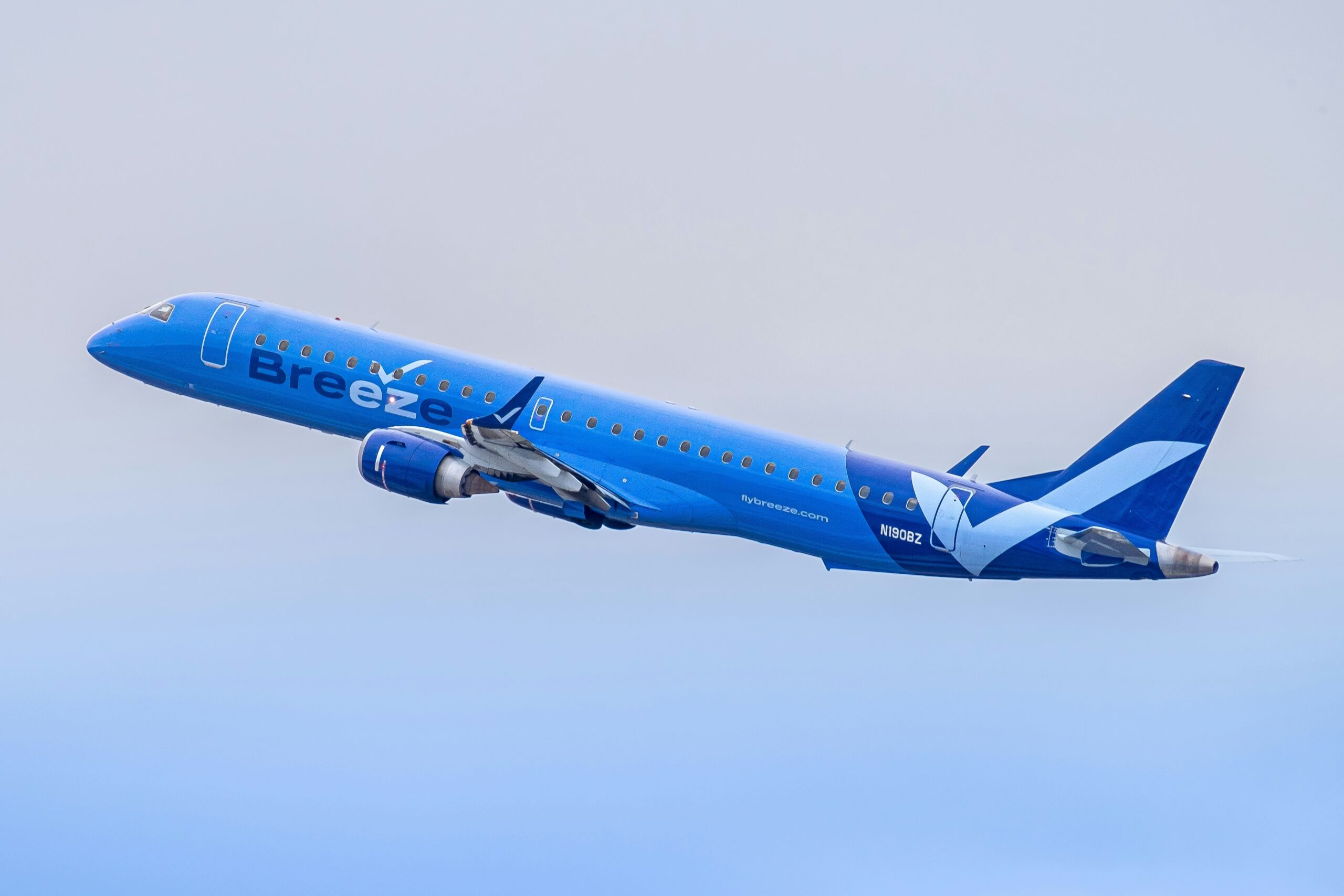
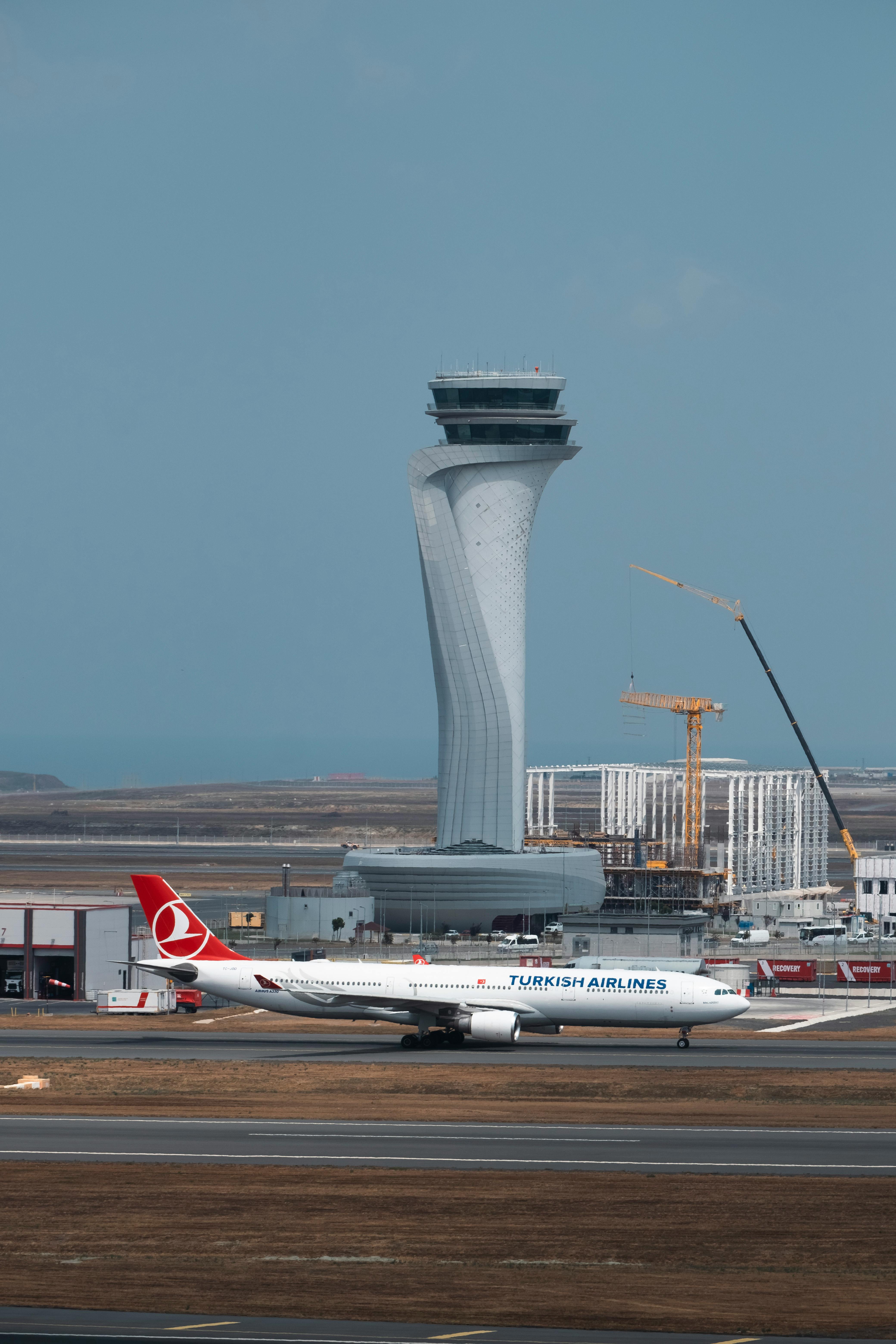
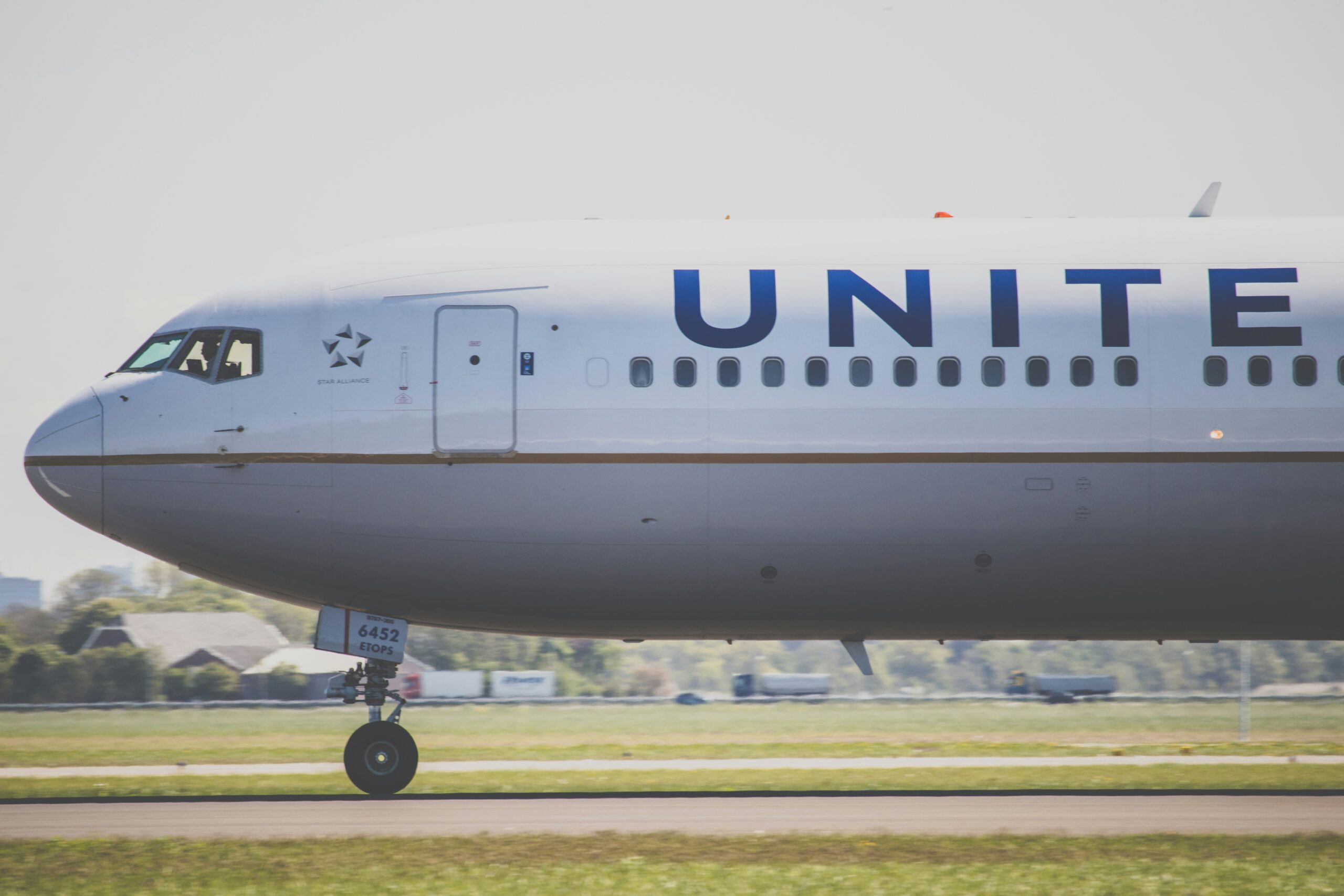
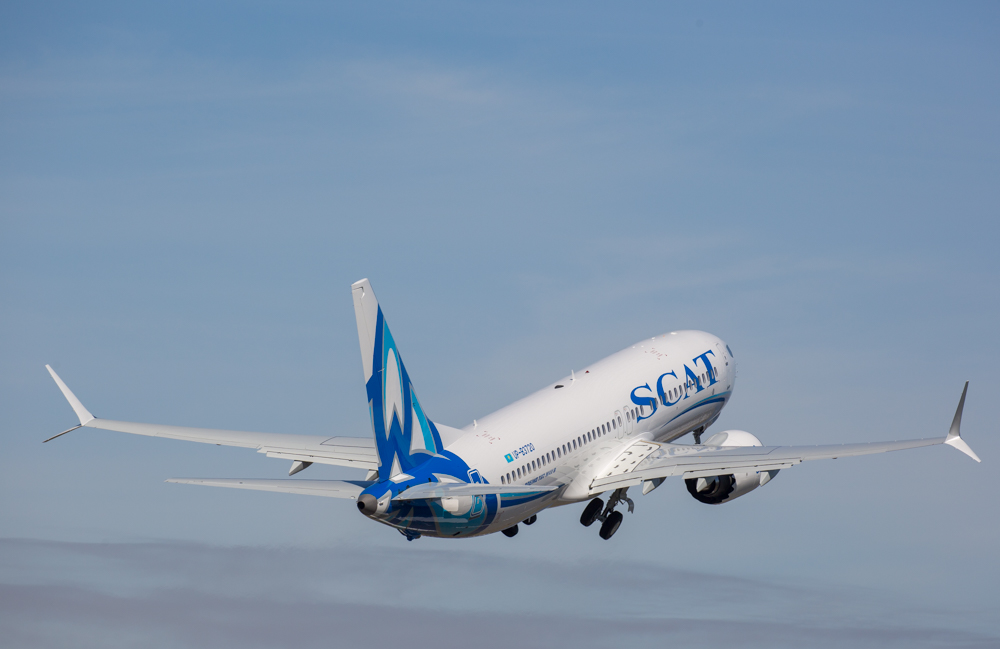
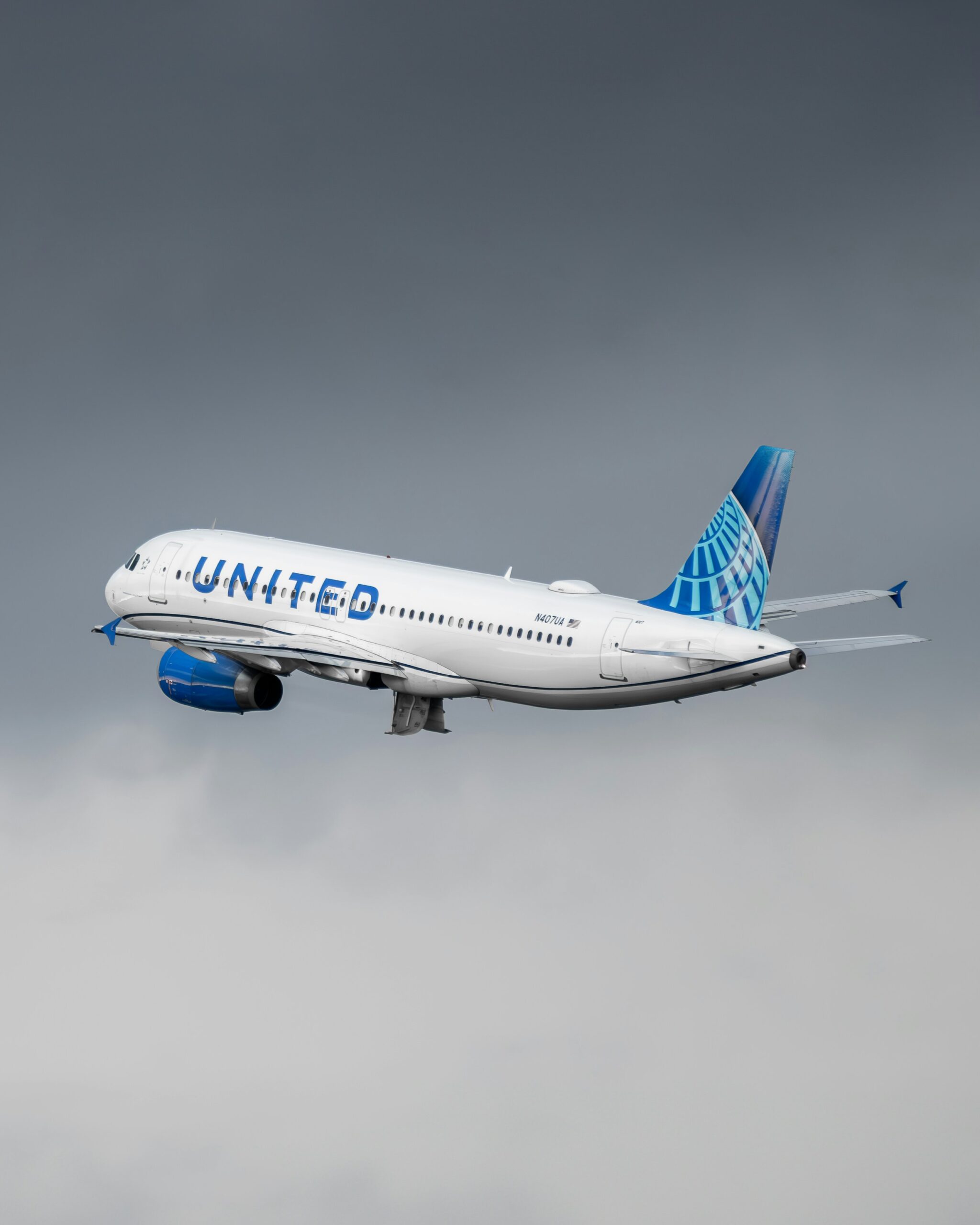

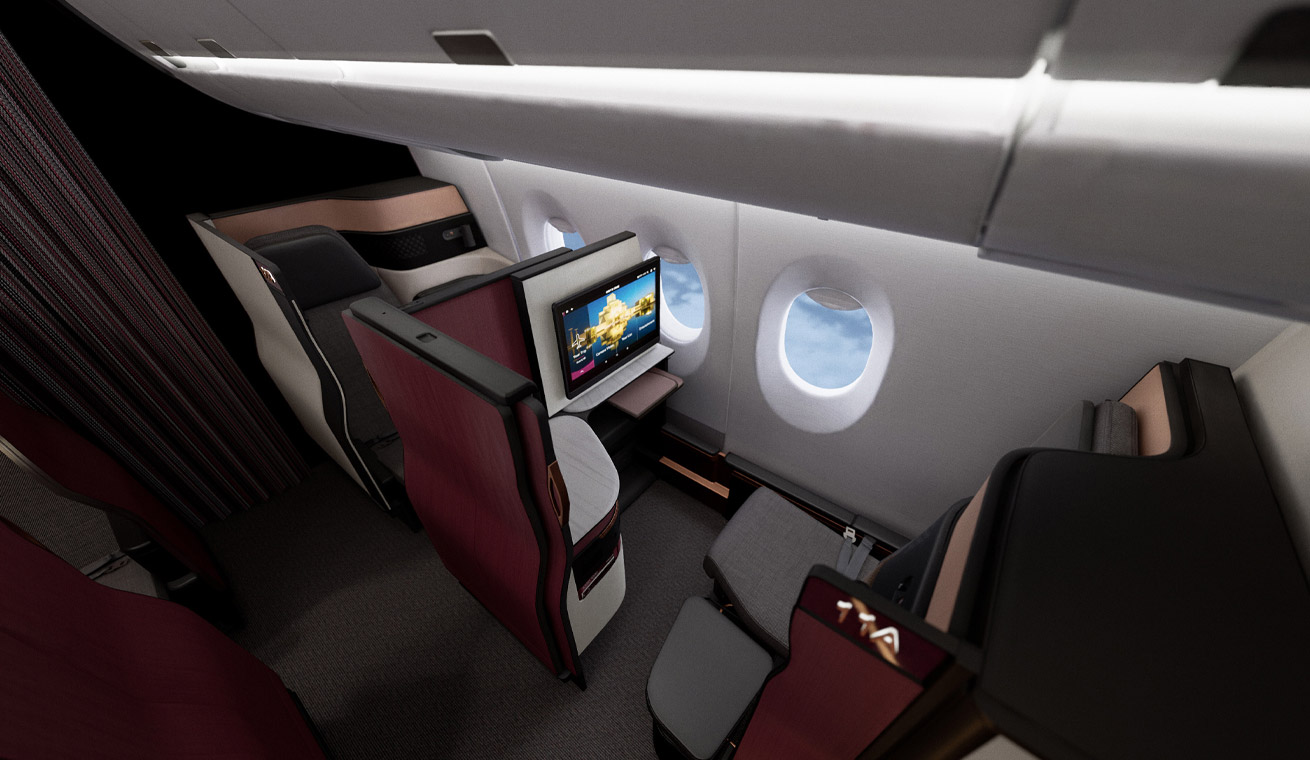


Leave a Reply